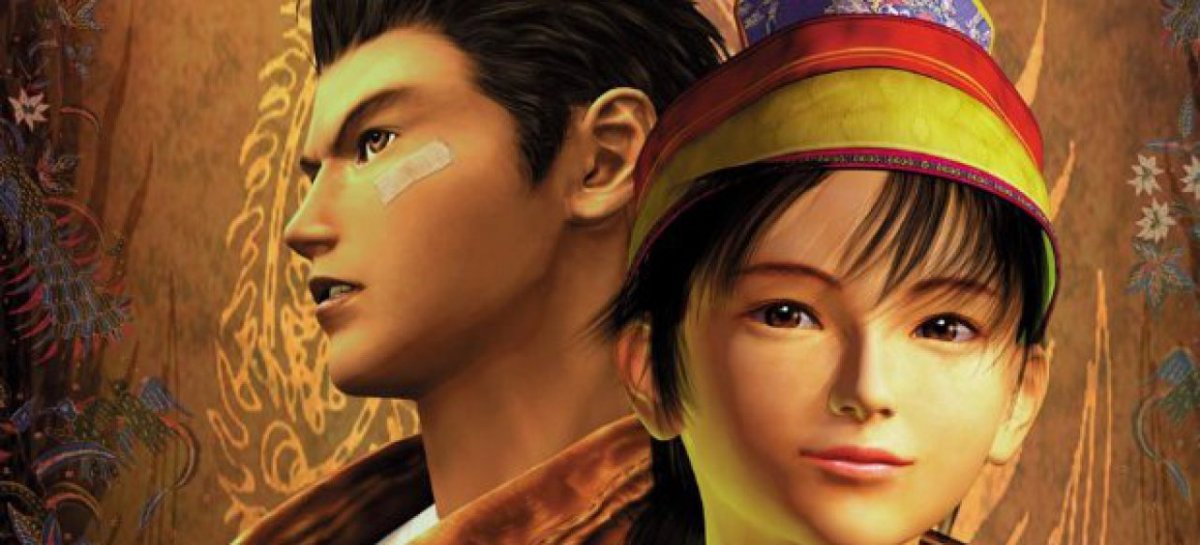Eine Cover-Story der Zeitschrift EDGE (via Resetera.com) verrät einige Prioritäten und Feinheiten für Yu Suzukis Action-Adventure Shenmue 3. Das Kampfsystem des seit langem erwarteten Spiels soll demnach geschmeidiger und rollenspiellastiger ausfallen. Des Weiteren spiele das „Affinity System“ zu Shenhua eine wichtige Rolle: Ein Großteil der Geschichte drehe sich um die Beziehung der beiden zueinander.
Yu Suzuki nutze seine vor 20 Jahren gesammelten Dokumente über chinesische Kultur in den Achtzigern, chinesische Stämme, ihre Gepflogenheiten und Dörfer. Zudem sei er persönlich in die Fujian-Provinz gereist, um direkt vor Ort die Einwohner und ihren Lebenssstil kennenzulernen. Im Gegensatz zu den moderneren Vorgängern liege der Fokus diesmal stärker auf der Religion und der alten Kultur Chinas. Um die Welt lebendig wirken zu lassen, gehen die Figuren erneut ihrem Tagesablauf nach – und auch Kleinigkeiten wie Spielzeug-Kapseln aus dem Automaten sind wieder dabei. Shenmue 3 ist für PC und PS4 in Arbeit; am 9. März soll ein frischer Spielszenen-Trailer veröffentlicht werden. Hier einige weitere infos, die zwei Resetera-Nutzer zusammengetragen haben:
„* Yu Suzuki is using his documents from 20 years ago that he gathered on Chinese culture in the 1980’s, chinese tribes, their customs and villages, he’s also traveled to the Fujian Province for direct hands-on research of the people and their lifestyle
* You start in a village called Bailu, it sounds like the start will be slow paced. People will barely talk to you and won’t answer your questions because you’re an outsider, there’s a dialogue system and you need to complete tasks and become more known around the village before the local people will give you info. If you have Shenhua with you the villagers will be more open with you because they know and trust her.
* Each villager will have their own day-night routine just like the previous games
* Because Ryo is a city boy there’s a lot of obliviousness from him and there’s funny and interesting conversations because his viewpoint is so different.
* The game is more about looking inward than outward, Suzuki says he wants to look deeper into the Ryo character and we’ll learn more about him.
* Same voice actor as before
* A large part of the game is the affinity system between Ryo and Shenhua and a major part of the story of the game is the relationship between the two.
* Combat system looks much smoother and is more RPG based, not just learning skills by repeating moves over and over
Attack power and stamina are the two main stats for combat, stamina is used for everything (sprinting, fighting moves) and can be restored by eating food. eating before doing something strenuous will become routine
* When training you can customize Ryo’s clothes into training gear
* Training is done through mini-games, Horse Stance, One inch Punch and more, mostly rhythm based but satisfying to pull off
* Technique scrolls from 1 & 2 return as well as new ones, around 100 in total
* The intricate world building of characters being linked and having back-stories is present in 3
* There’s a fight club in another city you can enter where you fight people with nicknames like „The Knee of Death“ and „Mach Fist“ (voiced by Chris Bellinger)
* At one point you’ll have to fight multiple people in these fighting events, people who want to master the combat system will be spending a lot of time fighting in these events. All of the fighting happens in the Rose Garden and is optional.
* Controls are carried over from Shenmue 2 but with analogue stick camera improvements
* Capsule toys are back
* EDGE sound very positive on what they’ve seen.
* Suzuki stresses how important it is to make the game feel like a Shenmue game, modern games are more open world nowadays but he doesn’t want to go that way because then it wouldn’t be Shenmue“

Eine kurze Geschichte der Videospiele
Die Geschichte der Videospiele beginnt bereits in den späten 1940er Jahren mit wissenschaftlichen Tüfteleien. Die erste bekannte von ihnen war “OXO”, ein Tic-Tac-Toe-Spiel, in dem man gegen den Computer antrat.

Am Samstag gibt es einen neuen Trailer mit Gameplay von der MAGIC Monaco! Bin super gespannt.
Fänd es interessant zu wissen, ob man die Savegames aus der HD Collection mitnehmen kann.
Und auch Kleinigkeiten wie Spielzeug-Kapseln aus dem Automaten sind wieder dabei

Das Spiel ist schon so gut wie gekauft. Es muss nur noch erscheinen
"Das Kampfsystem des seit langem erwarteten Spiels soll demnach geschmeidiger und rollenspiellastiger ausfallen."
Äh, nicht gut... Shenmue war als die Definition von Immersion bekannt und jetzt kommen sie mit Zahlenschieberei an? Ich hoffe das werkelt so subtil im Hintergrund, dass ich als Spieler aktiv nichts damit zu tun habe.
Und wie verträgt sich das mit dem Zufallsfaktor, den die angedachte Physik Engine naturgemäß reinbringt?